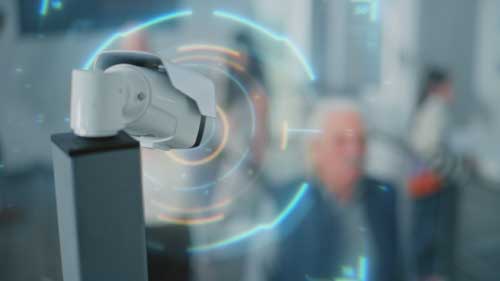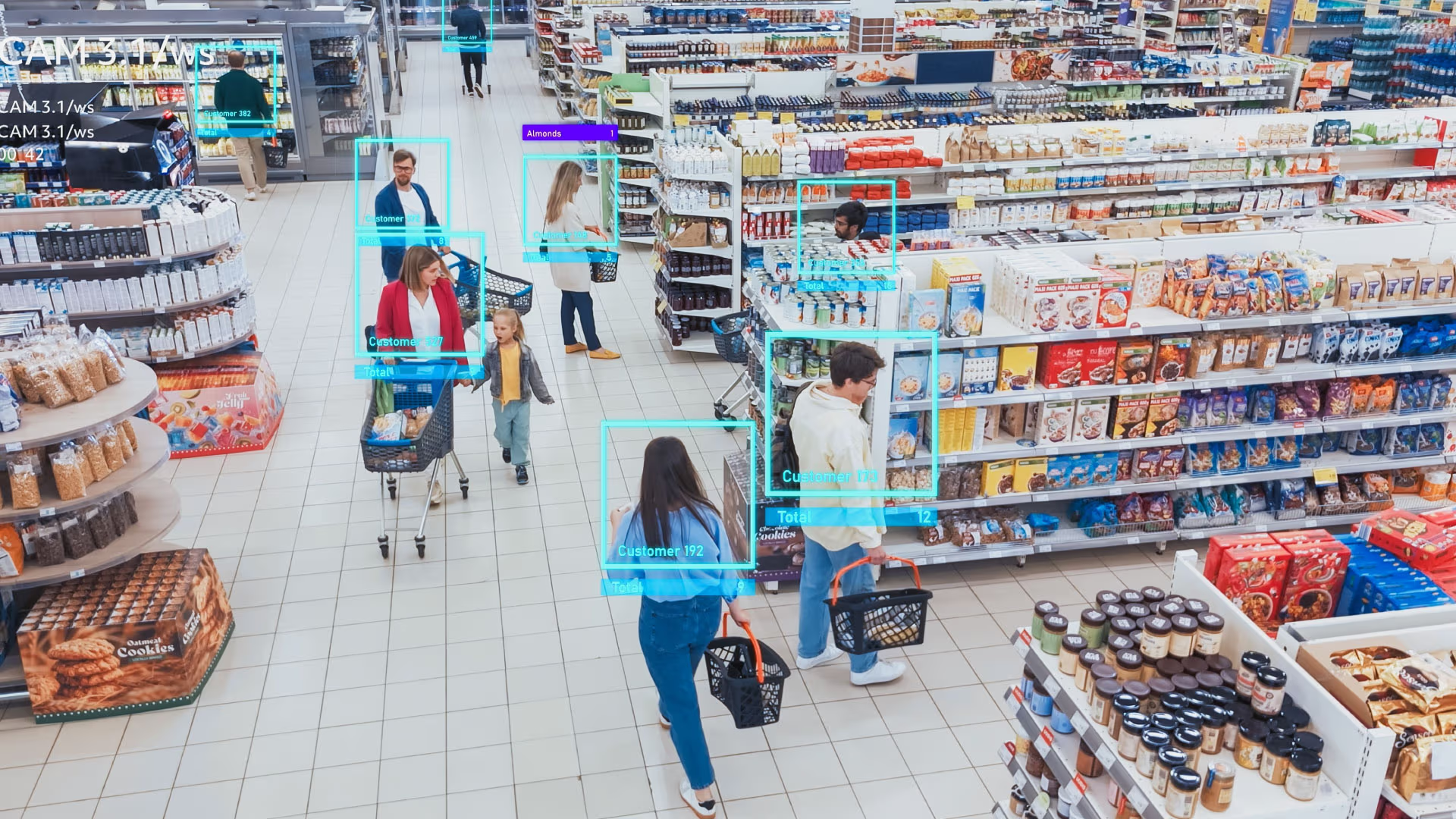Artificial intelligence (AI) is transforming nearly every industry, but few stand to benefit as profoundly as retail. From loss prevention to customer engagement, AI-driven video analytics, computer vision, and predictive systems are enabling retailers to make smarter and faster decisions. They are also helping them to be more profitable. Yet according to John Sullivan, Bailiwick Account Executive and founder of the AI firm Realwave, “We’re still just at the beginning of what’s possible.”
From the Hype Curve to Everyday Application
The world’s introduction to AI may have come through generative tools like ChatGPT, but the foundation was laid years earlier. Sullivan explains, “In 2018, deep neural networks (a type of artificial neural network that can learn complex patterns and relationships in data) were just gaining traction . Today, those same models are proven, stable, and have become table stakes in AI-powered cameras and accelerated computing.”
In other words, what was once cutting-edge is now commonplace, and the next leap is already underway. “Generative language models are bringing context to computer vision,” according to Sullivan. “If you provide a model with an image or video, AI can now understand what’s happening in that scene without extensive custom training. That’s where things are headed—toward contextual, adaptive intelligence.”
The Evolution of Intelligent Video
Sullivan’s passion for video intelligence runs deep. “When I started my career in the early 1990s, cameras could only show you what happened after the fact,” he recalls. “I wanted cameras to tell you what’s happening in real time—to become proactive tools for monitoring and managing a business.”
That vision led him to explore facial recognition, object tracking, and license plate recognition in the late 1990s—decades before these technologies became mainstream. “The turning point came around 2018,” he notes. “When Apple introduced Face ID, it proved that facial recognition could be reliable. It was secure and ready for real-world use.”
Since then, advances in computers, model accuracy, and cloud connectivity have opened the door for retailers to use AI far beyond basic surveillance. “Retailers can now use video analytics for queue monitoring, customer flow analysis, and even safety compliance,” says Sullivan. “We’ve reached a point where AI can monitor, interpret, and report on what’s happening across the store. This helps businesses operate more efficiently and securely.”
Exceptional Technology Deployment.
Find out why companies trust Bailiwick for deployment of their large-scale digital technology initiatives.
Why Retail Adoption Has Been Slow
Despite the potential, widespread retail adoption of AI has taken time. According to Sullivan, that hesitation was rooted in both technology and perception.
“In the early days, AI worked great in university labs or at trade shows, but not in real-world stores,” he explains. “You had to constrain the environment so much that it wasn’t practical. Processing power wasn’t there, the models weren’t mature, and the infrastructure couldn’t handle the data load.”
That’s all changed. “Today, compute has caught up, models are proven, and retailers understand that AI adds value,” he says. “The missing piece used to be the inference —the ability to turn data into insight. Now, 75% of our effort goes into the data pipeline and user interface, because that’s what makes AI usable for decision-making.”
Building an AI Strategy—One Use Case at a Time
Sullivan advises retailers to start small. “AI adoption doesn’t have to be expensive or disruptive,” he says. “We can take a small server that fits in your hand, connect it to almost any existing camera, and run inference right on site. From there, the data can be securely sent to the cloud for dashboards or mobile reporting.”
He emphasizes a phased approach: “Start with one use case, like ensuring back doors aren’t blocked. Then expand to point-of-sale monitoring, customer flow, or loss prevention. Over time, you build from that one use case into a full AI strategy that propels your business forward.”
Hardware Agnostic, Data Driven
One of AI’s greatest strengths is its flexibility. “We’re completely hardware agnostic,” says Sullivan. “It doesn’t matter who made the camera. What matters is getting processing at the edge to optimize the data pipeline and reporting all the way through.”
For him, the true measure of success isn’t just intelligent detection, but actionable insight. “Eighty percent of a solution isn’t a solution,” he explains. “Until you define the reporting and integrate it into your operations, you haven’t completed the loop. That’s what transforms data into decisions.”
Looking Ahead
As AI becomes more capable and accessible, Sullivan sees a future where cameras are more than passive recorders—they’re partners. “My dream was always to have cameras that could monitor your environment and help you run your business,” he says. “That future is here. AI is becoming your virtual coworker—an intelligent observer that helps you make better, faster decisions.”
For retailers facing increasing pressure from organized retail crime, operational inefficiencies, and customer expectations, that promise couldn’t come at a better time.
Join John Sullivan and other technologists from Bailiwick in a panel discussion on the future of AI in retail loss prevention at the ISC East Conference in New York, on November 18th at 11am. Visit the ISC East website to register and learn more.

